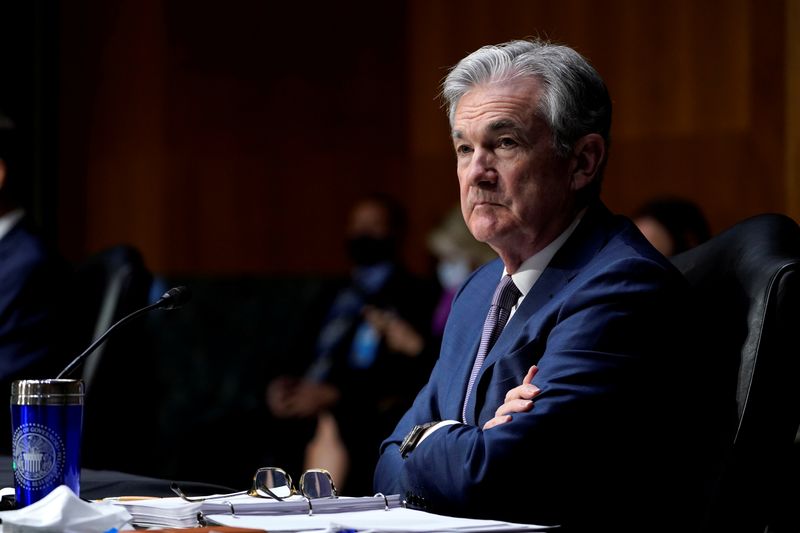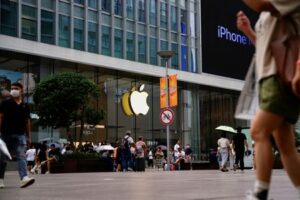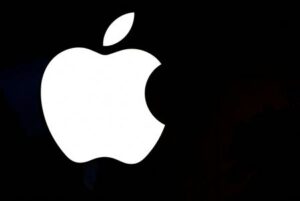By Howard Schneider
WASHINGTON (Reuters) – The Federal Reserve is expected to keep U.S. monetary policy locked in crisis-fighting mode at its meeting ending on Wednesday as policymakers assess an economy still struggling through the shock of a pandemic but looking forward to relief from ongoing vaccinations and new government spending plans.
Over its last few meetings the Fed has rolled out significant changes to U.S. policy, linking any future increase in interest rates to a persistent rise in inflation, and tying any change in its $120 billion in monthly bond purchases to “substantial further progress” on its employment and inflation targets.
If anything, economic data since the Fed met in December has disappointed, and analysts say central bank policymakers will likely fend off any suggestion that the economic boost from vaccines or a possible surge in prices this spring will cause them to waver on the promise of continued loose monetary policy.
Graphic: Inflation outlook improves – https://graphics.reuters.com/USA-FED/INFLATION/bdwvkyloovm/chart.png
Like many economists, Oxford Economics Chief U.S. Financial Economist Kathy Bostjancic said she anticipates a “mini-boom” beginning in the spring as more of the population is vaccinated, people feel freer to travel and spend, and the Biden administration’s own spending plans moved forward.
About 25 million people had received at least one of the required two vaccine doses as of Sunday, and Biden hopes to boost the pace of daily shots to 1.5 million. He has requested an additional $1.9 trillion in government spending to speed vaccinations and expand benefits available for households and businesses.
Though that could fuel faster economic growth, “Powell will maintain his dovish tone for now,” by noting that inflation remains below the Fed’s 2% annual target and the level of jobs is still about 10 million short of its pre-pandemic level, Bostjancic wrote.
Since approval of the first coronavirus vaccines in December, Fed officials have shared a general view that the U.S. economy was likely entering what one called the “endgame” of the pandemic, with short-term risks but a likely buoyant second half of this year.
However they’ve also noted the large hole left in the economy, particularly the job market, after a year that saw activity crash spectacularly last spring and come back only partially so far due to the ongoing health crisis. The United States actually lost jobs in December.
Many of the steps that the Fed took last spring in response to the onset of recession, including slashing interest rates to zero, are now expected to remain in place for a potentially extended period of time – with policymakers not anticipating the need to raise interest rates for perhaps three years.
That’s designed to help push the economy onto a path of both higher employment and one that meets, after years of misses, the Fed’s 2% inflation goal.
Investors appear to have taken the Fed’s higher inflation talk seriously. The expected inflation rate over the longer term as measured by Treasury securities indexed for inflation has moved above 2%. Fed officials themselves have begun laying the foundation to ignore what’s expected to be a spike in prices this spring and summer, spurred by faster economic activity but also distorted by comparison to weak prices last year.
“The rebound in market-based inflation compensation measures will not alarm the Fed,” said Paul Ashworth, chief U.S. economist for Capital Economics. “Instead, Fed officials are more likely to view the rise as a welcome vindication of the tweaks they made to the policy framework.”
(Reporting by Howard Schneider; Editing by Andrea Ricci)





